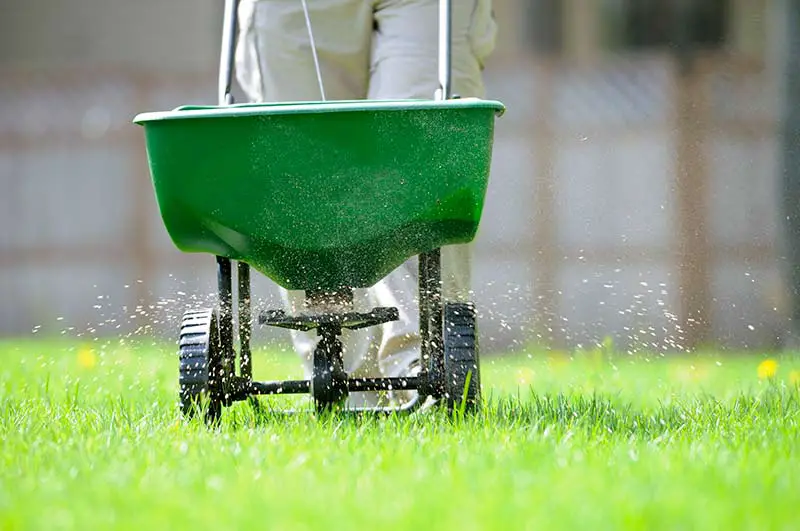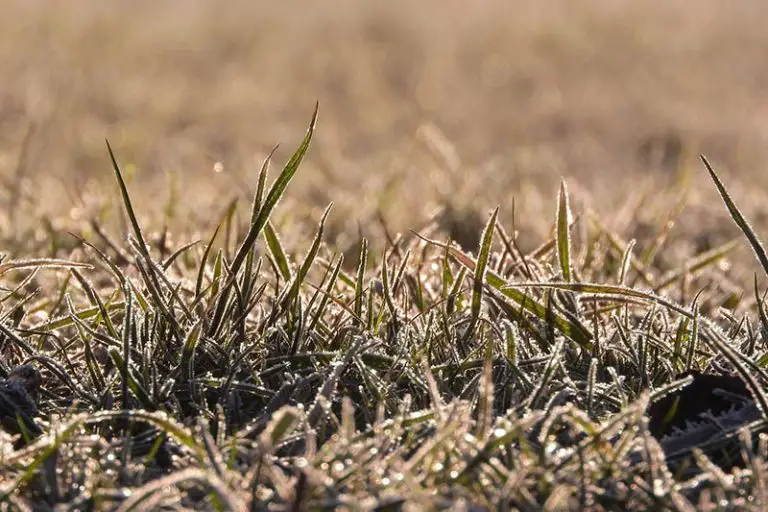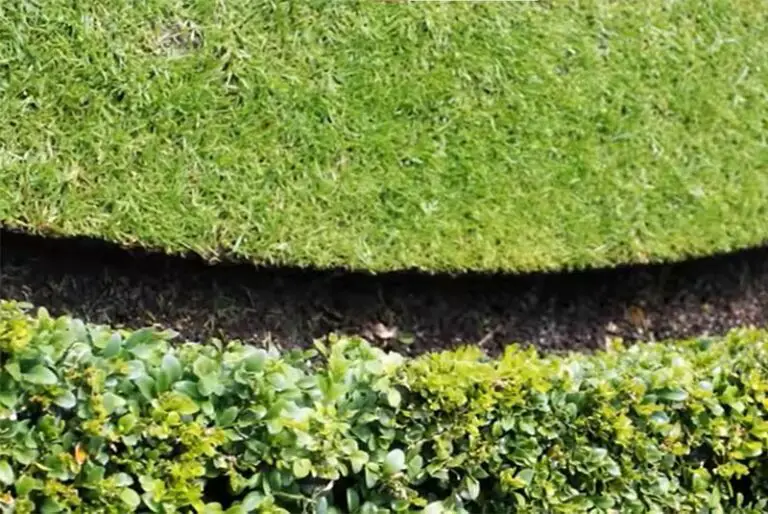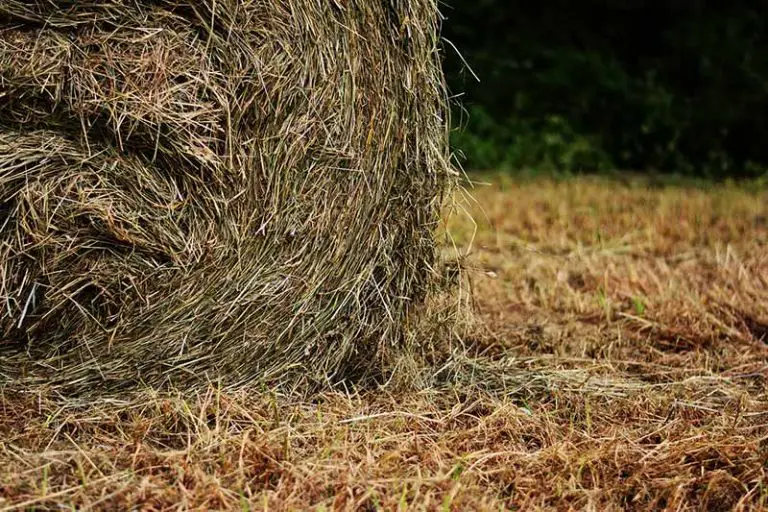Which Lawn Spreader is Best: Drop or Broadcast?
If you’re seeding, overseeding, or treating your lawn with fertilizer or herbicide, you’re going to need a spreader. However, not all spreaders are made equally; depending on your individual situation, you’ll need to decide which spreader is best for your lawn and goals.
In short, drop spreaders are best for those who need a precise and accurate application of seed or amendment to smaller areas of lawn. For larger areas of lawn where precision isn’t a necessity, a broadcast spreader is more likely to be the best choice.
What Are Lawn Spreaders?
Lawn spreaders are pieces of equipment that you can use to spread seed, granular fertilizers, and herbicides. All of these processes require accuracy and precision to ensure even application of the amendment or seed; they can also be laborious and time-consuming processes to carry out. This is why it’s important to use the right piece of equipment for your specific needs to make the job as easy and effective as possible.
There are two main types of lawn spreaders; drop spreaders and broadcast spreaders. These two types of equipment use different mechanisms to spread your chosen material, meaning each type is better suited for different circumstances. You need to consider several factors such as what you’re using the equipment for, the size of your lawn, and the current weather conditions when deciding which type of tool would be best for you. We delve into these factors later in this article to help you decide whether to use a drop spreader or broadcast spreader.

What is a Drop Spreader?
Drop spreaders function by letting the seed or granular amendment drop from an opening on the underside of the spreader. As you walk the drop spreader around your lawn, the vibrations of the spreader cause the material to fall through a row of holes from the spreader’s base.
These spreaders provide a more accurate distribution of your material as the seed or amendment only falls where you walk the equipment. The range of the spread of the material only covers the distance between the spreader’s wheels. For this reason, drop spreaders are best for smaller areas as their application range is limited.
Pros of Drop Spreaders
- Accuracy: The biggest advantage of drop spreaders is the accuracy of application that they provide. Your seed, fertilizer, or herbicide will only fall where you walk the spreader, enabling precise and targeted application.
- Minimized Waste: As drop spreaders are so accurate, you can apply exactly how much seed or amendment you need to add without wasting any product on areas that don’t need it.
- Unaffected By Wind: Wind can interfere with other types of spreaders as it can pick up your seed or amendment and cause it to fall in the wrong areas. With drop spreaders, the product drops directly downwards through the holes beneath the spreader; this operation prevents the product from being carried off by the wind.
- Easy to Use: Drop spreaders are a relatively easy piece of lawn equipment to use, even for those with little experience. The controls are straightforward and uncomplicated, and the equipment is easy to calibrate when adjusting the disperse rate.
- Best for Small Areas: Drop spreaders are the best type of spreader to use on smaller areas. This equipment is ideal for small lawns or if you’re spot-treating or overseeding parts of a lawn; it’s also best if you have a lot of landscaping and planting beds around your lawn to prevent erroneous application to these areas.
Cons of Drop Spreaders
- Not Suitable for Large Areas: Due to their precise, concentrated application, drop spreaders are not suitable for large areas. Using a drop spreader to seed or treat a large lawn will end up being more labor-intensive and time-consuming than if you use a broadcast spreader.
- Smaller Hopper: The hopper is the part of your spreader that holds your seed or granular amendment. As the hopper on a drop spreader is smaller than that of a broadcast spreader, you’ll need to refill it more often.
- May Cause Striping: The risk of striping your lawn is higher when using a drop spreader. As the material only falls where you walk the equipment, it’s easy to miss parts of your lawn in between the strips that you walk your seed or amendment. This can cause lines to appear on your lawn in the areas that didn’t receive the product.
What is a Broadcast Spreader?
Broadcast spreaders work by spraying the contents of their hopper in an arc to cover a wider area. While drop spreaders drop their product, broadcast spreaders use a fan mechanism to spread the seed or amendment beyond the span of the equipment.
Broadcast spreaders provide a wider distribution of your seed or granular amendment, making them better suited for medium to large areas. Its method of operation allows you to cover a larger distance using less effort and time. They are typically larger pieces of equipment that you can either push manually or attach to a lawn tractor to operate.
Pros of Broadcast Spreaders
- Best Suited for Large Areas: Broadcast spreaders are the best type of lawn spreader when working on a larger area. As they spread the seed or amendment far beyond the span of the equipment, broadcast spreaders are best suited for large areas where accurate application isn’t a necessity.
- Saves Time: The time you spend seeding or treating your lawn is greatly reduced with a broadcast spreader. Due to their wide range, broadcast spreaders lessen the amount of passes you have to do back and forth to cover the area evenly.
- Larger Hopper: As broadcast spreaders have larger hoppers, you don’t need to stop and refill them as often compared to drop spreaders. This further reduces the amount of time you spend seeding or treating your lawn.
Cons of Broadcast Spreaders
- Affected By Wind: Due to their mechanism, your application of seed or amendment may be affected by the wind when using a broadcast spreader. The wind may pick up your product and carry it off beyond the intended area of application.
- Unsuitable for Tight Spaces: Broadcast spreaders are less suitable for areas with tight spaces or landscaping. Due to their accuracy, drop spreaders are a better option if this is the case for your lawn.
- Less Accurate: Broadcast spreaders provide less accurate application than drop spreaders as they fan the product out in a spraying fashion. As a result, your seed or treatment may end up on nearby walkways and walls; this may create more work for you after the process if a clean-up is necessary.
- More Wastage: Also due to their spraying mechanism, broadcast spreaders can result in more wastage of product. Any seed, fertilizer, or herbicide that falls onto planting beds or walkways will be wasted in these areas.
- Slightly Harder to Operate: Broadcast spreaders are slightly more complicated to operate than drop spreaders. You’ll need a little more skill to use this equipment compared to drop spreaders.
Drop Spreader vs Broadcast Spreader
See the table below for a quick comparison of drop spreaders vs broadcast spreaders and their features.
| Drop Spreaders | Broadcast Spreaders | |
| Size of Lawn | Best for smaller areas | Best for larger areas |
| Accuracy | More accurate application | Less accurate application |
| Potential Wastage | Creates less product wastage of seed or amendment due to accuracy | More potential for product wastage due to less accurate application |
| Time Consumption | More time-consuming to operate | Less time-consuming to operate |
| Ease of Operation | Easier to operate | More complicated to operate |
| Hopper Size | Smaller hopper which requires more frequent refills | Larger hopper which requires less frequent refills |
| Use in Wind | Best for use in windy conditions | Unsuitable for use in windy conditions |
Drop Spreader or Broadcast Spreader – Which is Best for My Lawn?
As we’ve now explained, there are many differences between drop spreaders and broadcast spreaders that make them better suited for different situations. You need to consider the following factors when deciding which type of spreader is best for your needs.
Mode of Spreading
You should first consider what you’re using the spreader for and how you need it to spread your product.
For instance, if you need a more accurate application for overseeding or spot treating with fertilizer or herbicide, a drop spreader is the best option. These spreaders enable the highly targeted application of the seed or product.
If you’re covering a larger area or reseeding or treating an entire lawn, a broadcast spreader is instead the best choice. You can cover a larger area using less time and effort than you would with a drop spreader.
Shape of Your Lawn
You should also consider the shape of your lawn when choosing which spreader to use.
Drop spreaders are best for lawns with tight spaces and/or a lot of nearby landscaping and planting beds; their precise method of operation enables you to apply the seed or amendment exactly where you want it without spreading it onto unwanted areas.
Broadcast spreaders are better for more extensive lawns, or those with difficult-to-reach areas, as they cast the seed or product farther than where you walk the equipment; however, it’s more challenging to prevent product from falling onto nearby planting beds or walkways when using a broadcast spreader.
Wind Conditions
Wind conditions are another factor you should consider when deciding between a drop spreader and a broadcast spreader.
If you live in an area with windy conditions or the weather is particularly windy at the time of application, a drop spreader is best; the mode of operation prevents the wind from blowing your product into unwanted areas. You can instead use a broadcast spreader to effectively seed or treat your lawn if wind isn’t an issue.
Time and Effort At Your Expense
If you have a lot of time to spare and you can put in the effort, drop spreaders are the better choice. These spreaders offer more precision with application; however, this comes at the expense of your time and energy as you need to put more work into covering the entire area. Broadcast spreaders are better if you have less time to put into the seeding or treatment process as they cover a larger area at the expense of the accuracy of application.
Which is the Best Spreader for Seeding?
The best spreader for seeding a new lawn would be a broadcast spreader, while a drop spreader is typically more suitable for overseeding.
Best Spreader for Seeding a New Lawn
The best spreader for seeding a new lawn is a broadcast spreader. This type of spreader will provide the most even coverage of your grass seed, reducing the likelihood of bare spots on the lawn. A drop spreader is more likely to result in bare spots on the lawn due to the precision of its application. It would also take a lot more time and effort to seed an entire lawn using a drop spreader as it would take more passes to cover the planting area.
Best Spreader for Overseeding a Lawn
The best spreader for overseeding an existing lawn is a drop spreader. The accuracy of application with this spreader will enable you to target the seed to the areas of the lawn that need it; this reduces the amount of wastage that occurs from the seed falling in the areas that you don’t need to overseed.
Which is the Best Spreader for Fertilizer and Herbicide?
In general, the best spreader for applying lawn treatments like fertilizer or herbicides would be a broadcast spreader.
This type of spreader will enable you to apply your treatment more consistently throughout the lawn and reduces the likelihood that you miss any spots. As a result, it’s less likely that you’ll end up with stripes on your lawn where the product didn’t fall. The risk of striping is greater with drop spreaders due to their precise mode of operation.
Adjusting Your Spreader Settings
Regardless of the type of spreader you choose, you’ll need to adjust the settings on your equipment to the correct rate for your seed, granular fertilizer, or herbicide. It’s essential to calibrate your spreader correctly to ensure you’re applying the right amount of seed or product as you operate the equipment.
Your grass seed, fertilizer, or herbicide will come with a recommended seeding rate or spreader setting listed on its packaging. Before using your spreader, make sure that it’s set to the correct rate according to the guidance for your specific product.
With that said, the recommended seeding or application rate isn’t always the best for your lawn; many factors affect the effectiveness of your spreader’s application, including the age and condition of the equipment and the speed at which you walk. It’s best practice to calibrate your spreader before using it for the best results from your seeding or fertilization process.
How to Calibrate Your Spreader
If you want to set your spreader to the optimal settings for your individual situation, you should first calibrate it. You can do this using the following steps:
1. Determine the amount of fertilizer or seed you need to cover 100 square feet. For example, if you have a 25 lb. bag of fertilizer that states it covers 5000 square feet, the calculation would be:
25 lbs x (100 sq. ft./5,000 sq ft) = 0.5 lb of fertilizer
2. Place this amount of fertilizer or seed into the hopper of your spreader.
3. Mark off a test area of your lawn. If using a broadcast spreader, this will be an area of 10 feet by 10 feet, i.e. 100 square feet. If using a drop spreader, the test area will depend on the width of your spreader; spreader widths of 1.5, 2, and 3 feet should have test areas of 66 ⅔, 50, and 33 ⅓ respectively.
4. Apply the seed or amendment using the recommended settings specific to your product. If your product runs out before you have covered the test area, decrease the setting on your spreader; mark off another area and retest the settings until you achieve the correct application rate. If you have product left over after covering the whole area, increase the setting instead; again, mark off another test area and repeat this process until you have the best application rate.









